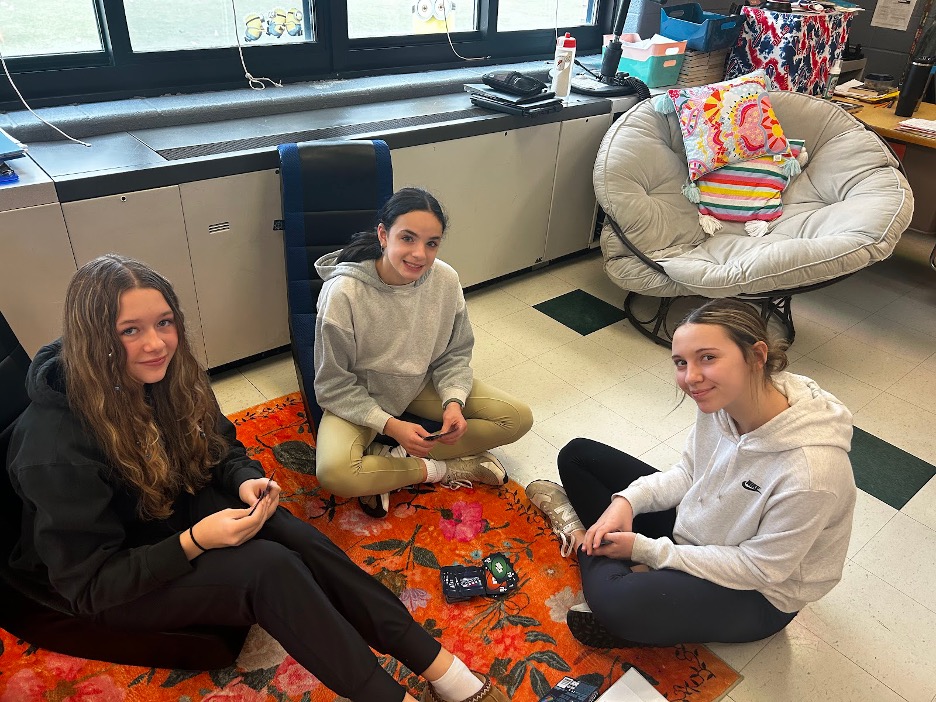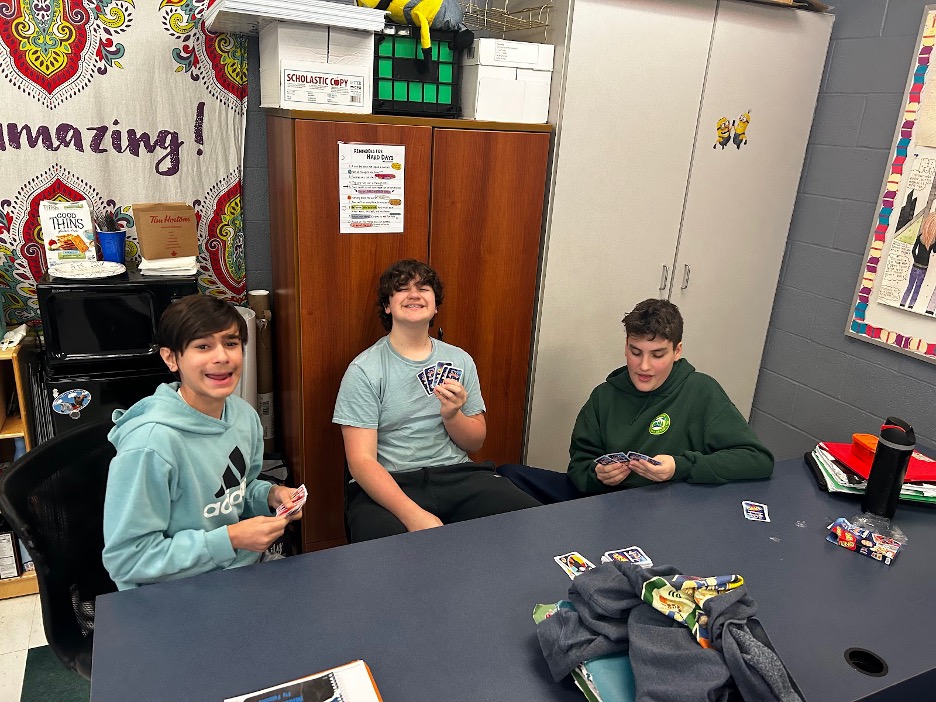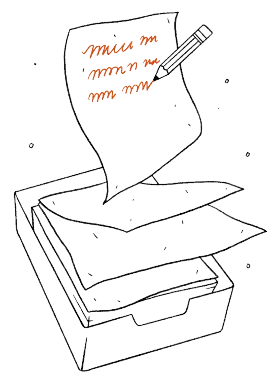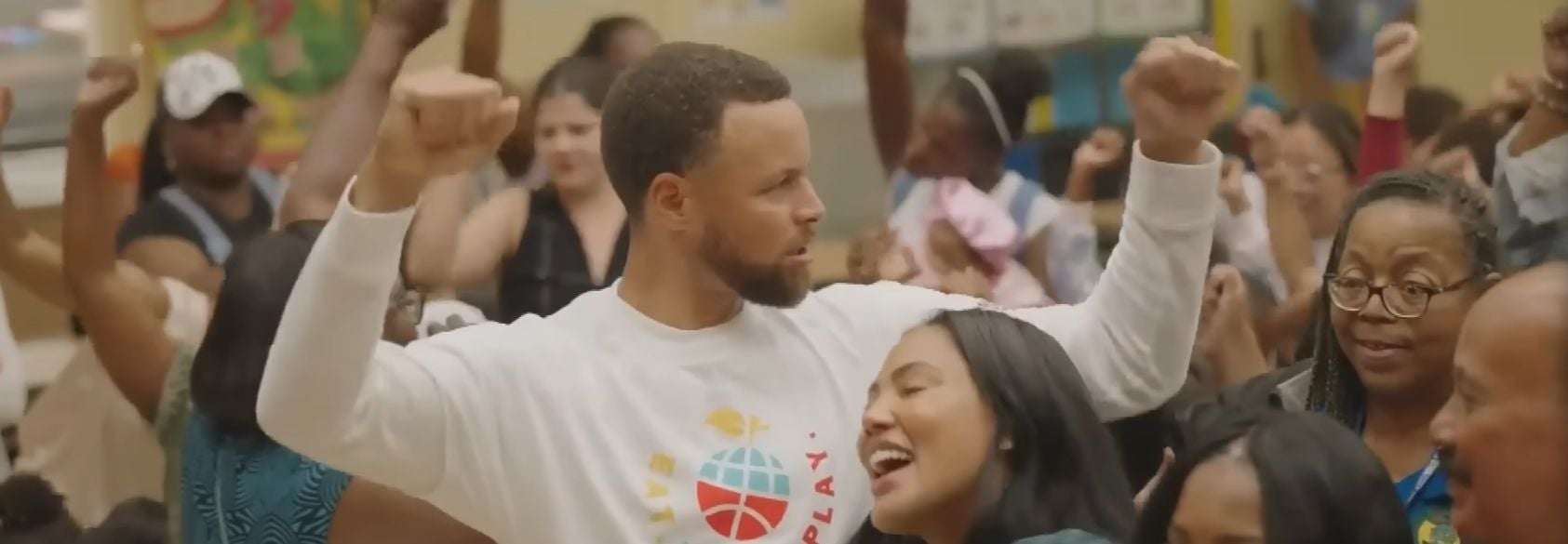I am worried about today’s teenagers who have never had a life without cellphones, social media and the illusion of constant connection. As I observe kiddos in my eighth-grade classes, I see they want the same thing teens always have wanted: a place in the world that is safe and supportive. Unfortunately, they are turning to online communities for that, and it has taken its toll. These apps aren’t made with anything in mind except mining data. Their addictive design is doing its job very well, and teenagers feel like they are constantly connected, but it is an illusion. At the risk of sounding like an old person lamenting the past, walking both ways uphill to school, I think that today’s kiddos need to put down their phones and have some fun. The trouble with that, of course, is that many of them don’t even know how to do that. That’s where my co-teacher and I come in! We’ve made it our mission to help our students break the silence, to socialize, and to have fun being kids. Here are a few things we’ve been up to.
Sing-Alongs and Goofing Off
My co-teacher, Laura, has an amazing way of connecting with students, particularly the ones who have been hard to reach. She knows how to tease, poke fun at herself, and isn’t afraid to be goofy. She uses all the newest slang (all wrong, of course) and sings Christmas songs year round. Lately, when students are off track, she’ll start singing a song they know, and encourages them to join in. They’ve started echoing her renditions of “Sweet Caroline” and “Bye Bye Bye.”
One of my assistant principals, John Raczynski, has a “dad joke” at the ready. My other assistant principal, Fred Carstens, recently participated in a Bald for Bucks fundraiser where students got to buy a length of duct tape to tape him to the wall, helping to raise $825. To create an atmosphere where students want to be is, of course, always one of the goals of a school; however, when we begin to consistently and deliberately create moments for our students, the culture shifts. Edutopia’s “Playing to Learn in Middle and High School” explains the significant ways that playing helps students transfer learning from one context to another.














